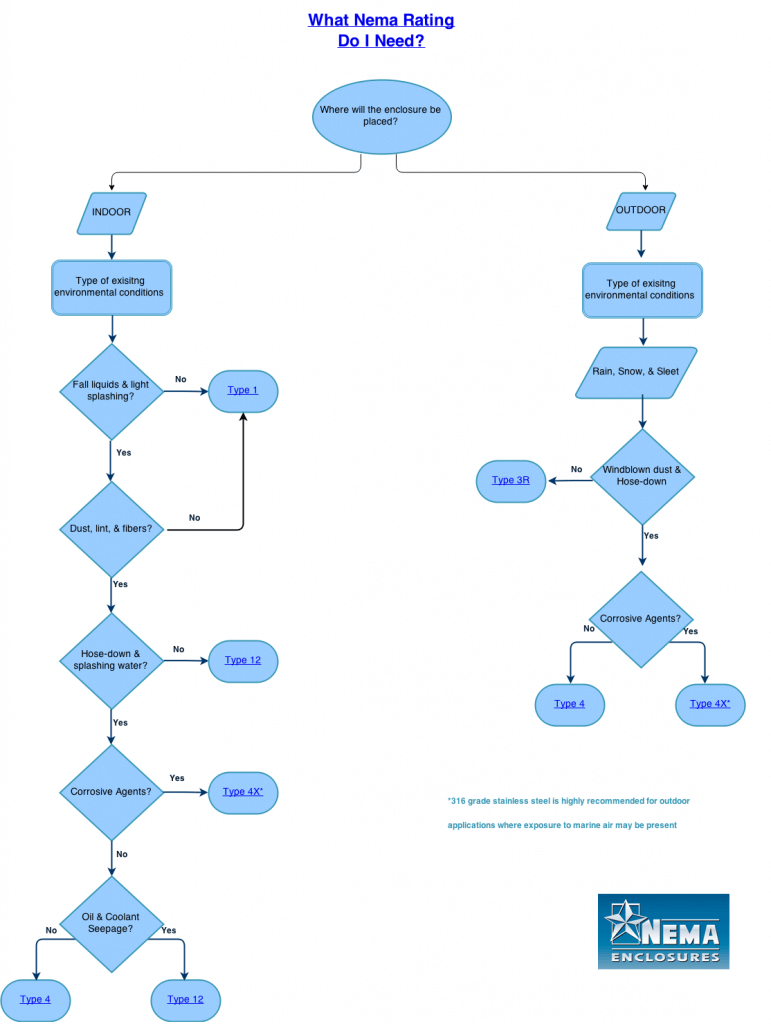Jerramundi
Senior Member
- Location
- Chicago
- Occupation
- Licensed Residential Electrician
Why would an additional enclosure be installed?
I ask because I have a NEMA Type 3R xfrmr for a low voltage lighting system but as Jraef said...
...3R and 4 are considered weather resistant, although 3R is not actually required to be watertight, only that water cannot get to live components...
And when I think about your typical outdoor receptacle, it's required that the enclosure be weatherproof and the device be weather resistant.
So if 3R is only weather resistant and not weatherproof, I'm wondering if the 3R xfrmr should be contained in a truly weatherproof enclosure, only problem with that is it would likely affect cooling. The manufacturer's specs for the xfrmr explicitly state it should be in an area that allows for free flowing air.
I guess this is what happens when you actually care enough to try to back up the conventional jargon with code and certifications, lol. Pandora is not pleased I opened her box, lol.


